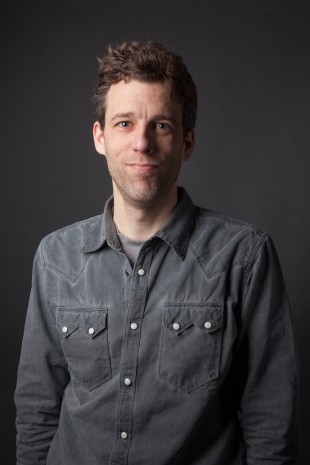
Blue Growth: What is it?
Open meeting organized by the Committee for Climate, Environment and Resource Use.
Blue Growth is a relatively new term that refers to economic growth based on marine resources that precludes the degradation, overuse, and pollution of marine environments. Blue Growth conventionally bypasses capture fisheries, presumably because growth in fisheries seems impossible without ecological devastation. The Arctic faces high expectations of Blue Growth due to expectations of easier access and increased biological productivity. These expectations are, however, often based on global and regional climate change projections and largely ignore the complexity of social-ecological interactions taking place across different temporal and spatial scales.
Program
18:00 Welcome
Nils Chr. Stenseth, Chair, Committee for Climate, Environment and Resource Use, The Norwegian Academy of Science and Letters
18:10 The interplay between ecology, evolution and economics when harvesting fish stocks: how they adapt and the implications for management
Anne Maria Eikeset, Researcher, CEES, UiO
18:45 Blue Growth in the North. With fisheries?
Wiebren Boonstra, Asssociate professor, Stockholm Resilience Centre
19:20 Break with refreshments
19:35 General discussion
20:00 End of program
The first presentation will go through several studies documenting how fish stocks adapt to climate change, harvesting and what the economic effects may be: how may social-ecological systems evolve and what are the implications to management? For example, fish stocks experiencing high fishing mortality show a tendency to mature earlier and at a smaller size, which may have a genetic component and therefore long-lasting economic and biological effects. Rapid anthropogenic trait changes in fish stocks is a highly publicized ocean conservation issue, yet the relative contributions of evolutionary and ecological dynamics are largely unknown. We therefore developed a bio-economic model for the Northeast Arctic cod using 70 years of data to determine the role of these contributions in the world's largest cod stock. The studies I will go through reveals how interactions among evolution, ecology, and fisheries and economics influence stock dynamics and therefore ecosystem sustainability. This emphasize the need for recognizing how cross-scale dynamics can cause uncertainties for management and may play a key role in whether the Blue Growth potential in Arctic fisheries is realized or lost.
The second speaker will firstly argue why capture fisheries are a relevant economic sector to consider for Blue Growth, and secondly why Blue Growth can contribute to the development of capture fisheries. To understand how fisheries can contribute to Blue Growth and vice versa it is important to acknowledge and clarify the diversity of this sector. Using examples from various fisheries in the global North it will be the substantial diversity in fishing knowledge, practices, styles, and development trajectories, and their effect on marine environments and fisheries regulation will be exposed. Based on these examples and findings it will be argued that the mutual contribution of fisheries and Blue Growth cannot be taken at face value. To appreciate its contribution to the Blue Growth agenda, and vice versa, more attention to diversity in fisheries is warranted because the room for growth is severely limited. Moreover, the call for Blue Growth should invite not only consideration of the ecological and economic effects of diverse fisheries, but also a deeper concern with their social sustainability and fairness.
